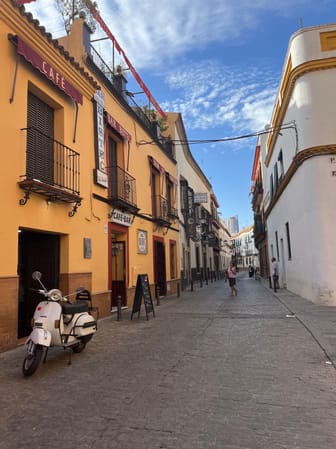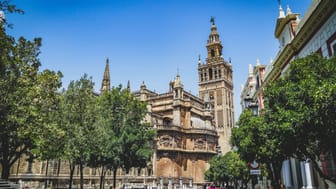Parque de María Luisa
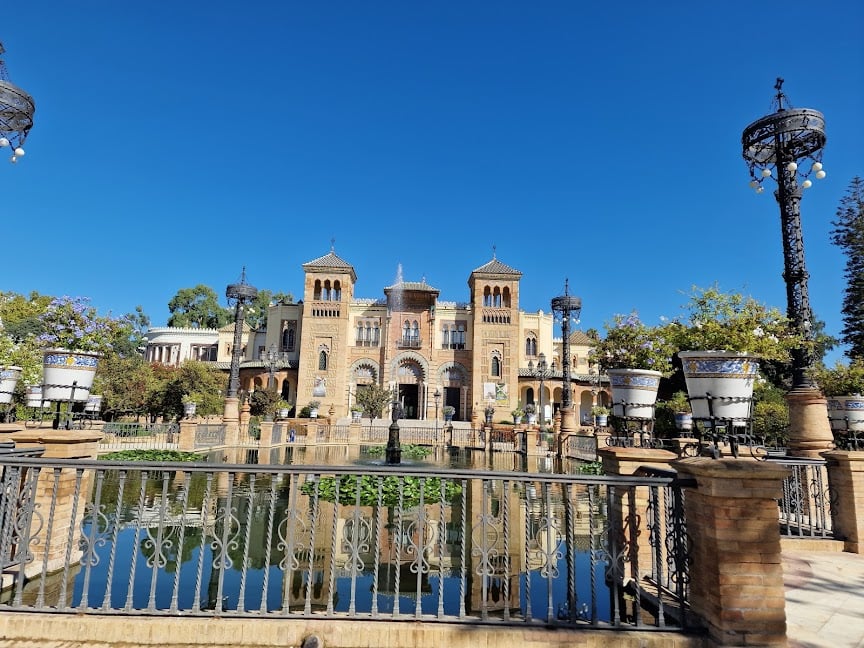
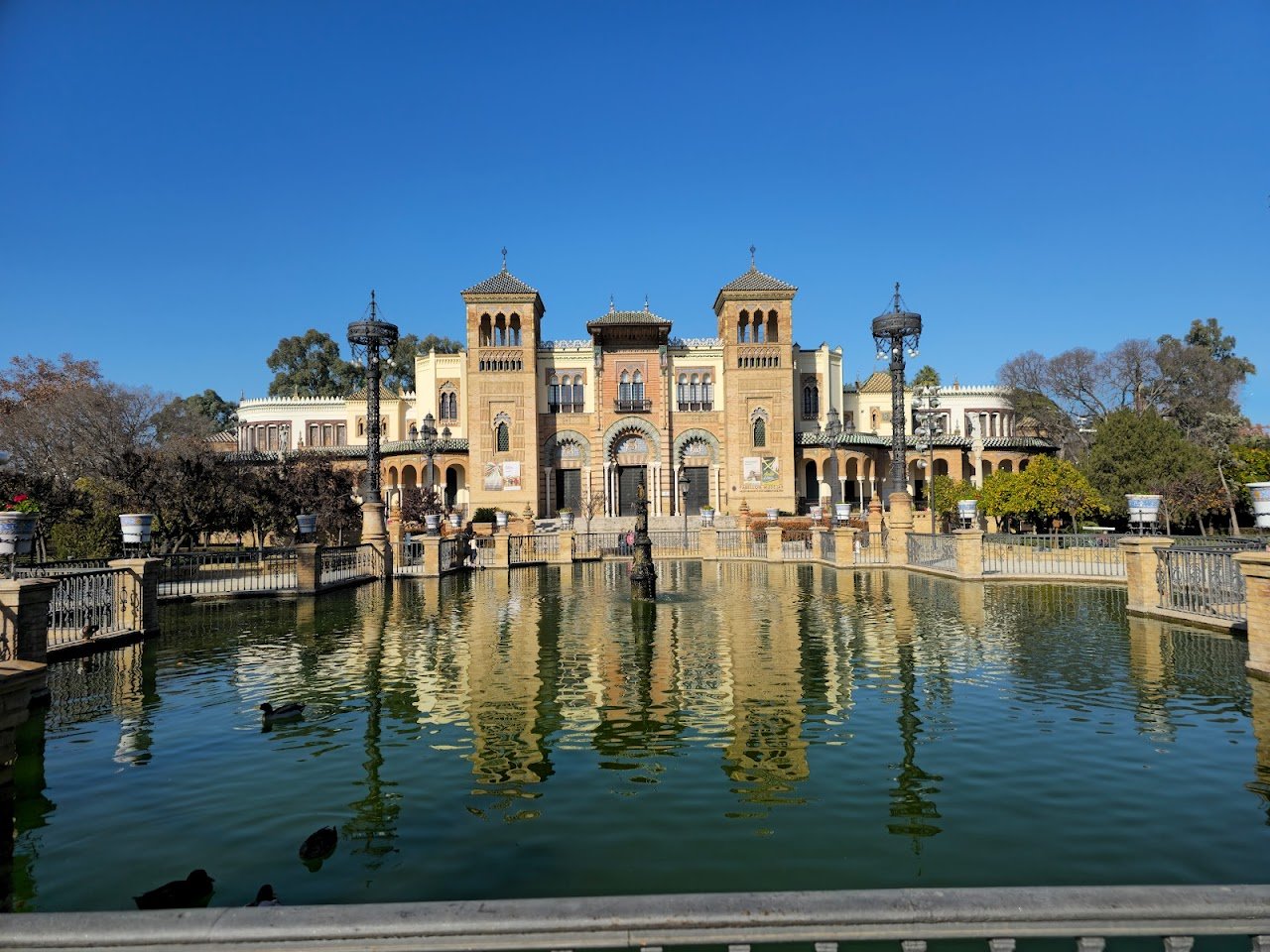
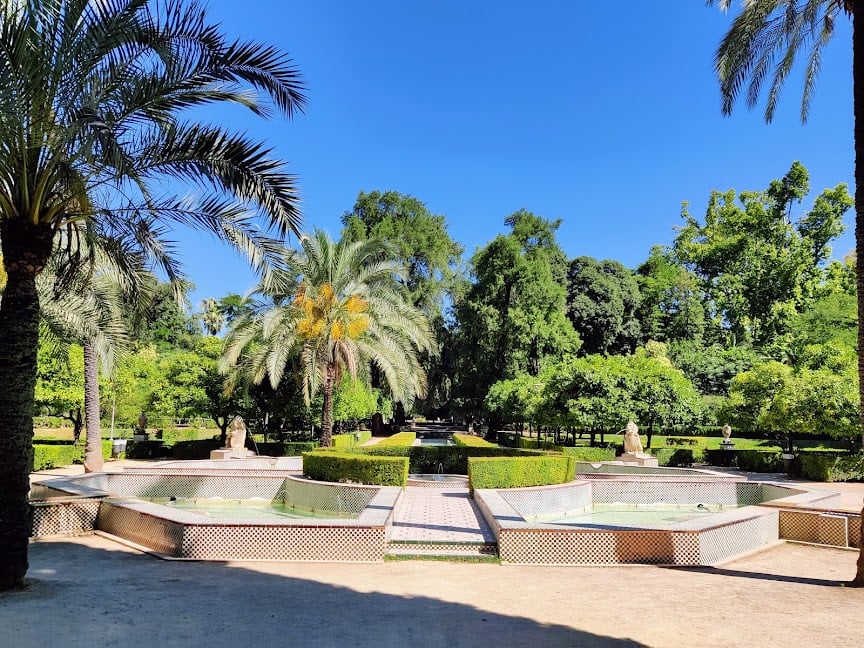
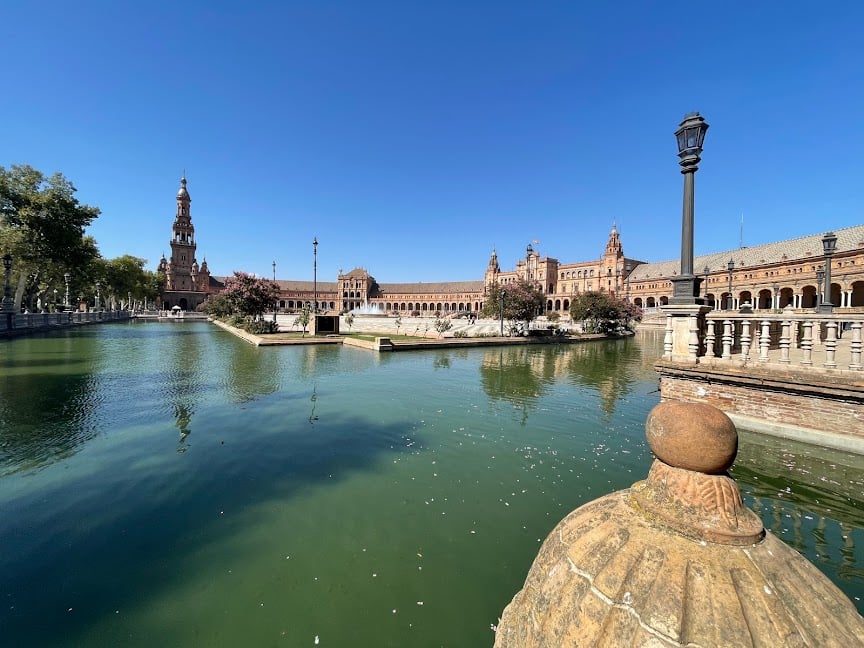
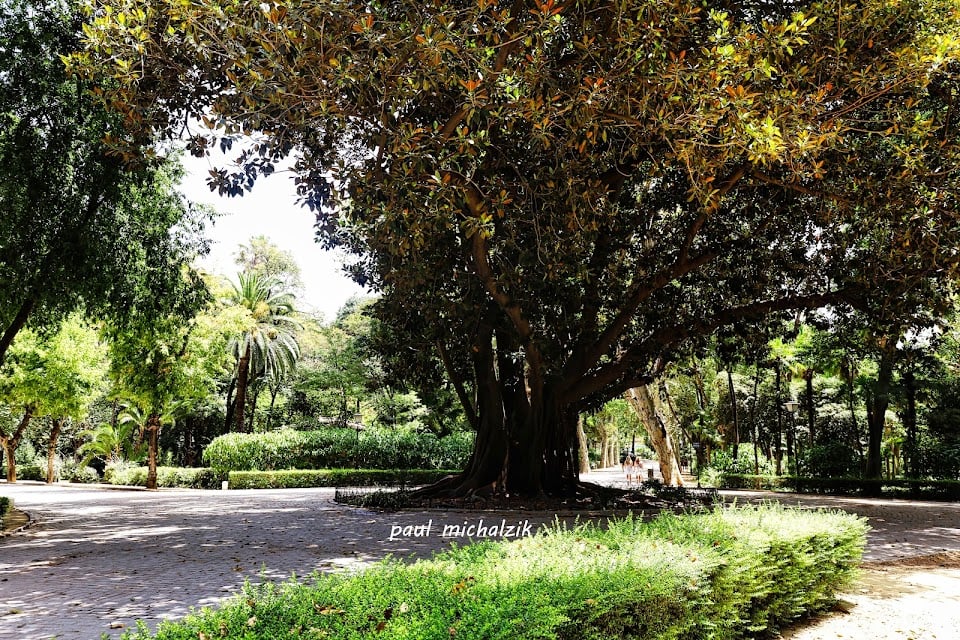
Ask ThatchGPT
Suggest a local expert to plan my trip
Suggest an unique itinerary for my Spain trip
What foods do Spain locals eat
What are some true hidden gems in Spain
Help me brainstorm trip ideas for Spain
Help me plan a family-friendly trip to Spain
What people say
Pedro Pereira
Available for hire
"In 1849, the Duke and Duchess of Montpensier acquired the San Telmo Palace, today the seat of the Presidency of the Andalusian Government. Among the various works they undertook there, they commissioned the French gardener Lecolant to create a large garden in keeping with the majesty of the building they had converted into their residence. In order to have sufficient surface area, they bought neighbouring land such as the Huerta del Naranjal and the land on which the former convent of San Diego was located.
Lecolant designed a large garden which, in keeping with the fashion of the time, followed the dictates of English landscaping, including touches of picturesqueness which, at times, alluded to styles from other latitudes such as oriental gardening, and at others involved the location of archaeological remains owned by the dukes. However, the design also included compositions within the orthodoxy of French formalism to which, logically, Lecolant was no stranger.
In May 1893, a large part of this garden was donated by the widowed duchess, Infanta María Luisa de Borbón, to the city. Previously, the City Council had asked her permission to draw a street that would make it possible to connect the part beyond the old convent of San Diego with the river, which would create the Paseo de María Luisa.
From that moment on, this entire large garden that was to the south of the new road and that reached the Paseo de Bella Flor –where the Jardines de las Delicias would be located- was to be a park for the city, which gratefully called it Parque de María Luisa.
In June 1909, the idea of holding a Hispanic-American Exhibition in Seville was first launched, which was quickly supported by various levels of the city. The following year, the first financial contributions were made by official bodies, including, logically, the City Council. The latter offered the María Luisa Park and adjacent land owned by him as a possible location for the same. Others were studied while some opposed the use of the park fearing its deterioration stating that it was also an area subject to flooding. Finally, once it was assured that the area would be protected from water once the relevant defence works were carried out, the newly created Committee for the organisation of the event decided, in April 1910, that the land offered by the City Council would be the location of the Exhibition. These included the María Luisa Park and the Jardines de las Delicias.
An appropriate adaptation of the park was then considered so that, without deteriorating, it would correctly serve as a framework for the celebration of the Exhibition. The architect Aníbal González was chosen as director of the general planning works and the building works. For the necessary gardening works, a renowned specialist was sought and the choice fell on Jean-Claude Nicolas Forestier, a French engineer who was the conservator of the parks and gardens of Paris and the author of numerous works outside his country.
In January 1911, Forestier drew up a preliminary project that was approved in April of that same year, and he was commissioned to produce the final project that was presented to the Seville authorities in November. In the project, together with a detailed report and budget, Forestier included the plans containing the design he had thought of for the park's reform. He took as the centre of the entire composition a large part of the core of the previous garden designed by Lecolant, consisting of the axis that joins the islet or duck pond and the Gurugú mound.
Respecting the Paseo de María Luisa, Forestier reinforced this axis with the execution of the lotus pond, at one of its ends, and with that of the fountain of the Lions at the foot of the Gurugú, reconditioning the duck pond. As an articulation of the entire available surface, it creates two large parallel avenues: the later called Avenida de Pizarro, a pleasant walk sheltered by sophoras and the Hernán Cortés avenue, a majestic vegetal vault made up of plane trees, in addition to a powerful transversal, the so-called Avenida de Rodríguez Casso that was intended to open the park towards the area of the Prado de San Sebastián. The later construction of the Plaza de España would turn it into a privileged access axis to the park, today flanked by beautiful magnolias.
The park was opened to the public on April 18, 1914, constituting from then until 1973, when the Parque de Los Príncipes would be inaugurated, the park par excellence of the city."
Read more in:
Elizabeth Rickert
Available for hire
"Parque de María Luisa in Seville is a lush, sprawling oasis that embodies the city’s charm and natural beauty. Established in the late 19th century, this historic park is renowned for its meticulously landscaped gardens, serene pathways, and stunning fountains. The park is adorned with a variety of exotic plants, vibrant flowerbeds, and picturesque ponds, offering a tranquil escape from the urban hustle. Visitors can explore notable features such as the Plaza de España, with its grand semicircular building and ornate tilework, and the Plaza de América, which showcases the park’s architectural elegance. Whether you're looking to relax under the shade of ancient trees, take a leisurely stroll along its scenic paths, or enjoy a peaceful boat ride on the park’s canal, Parque de María Luisa is a must-visit destination that captures the essence of Seville’s natural splendor and historical allure."
Read more in:
Shweta Khabia
"A tranquil oasis in the heart of the city, Parque de María Luisa is Seville’s principal public park. Spanning over 100 acres, the park features lush gardens, beautiful fountains, ponds, and the iconic Plaza de España, a stunning architectural landmark built for the Ibero-American Exposition of 1929. It’s a perfect spot for a leisurely stroll, a picnic, or simply relaxing amid nature."
Read more in:
Mentioned in these guides
About Parque de María Luisa
Get the inside scoop on Parque de María Luisa from local experts, travel creators, and tastemakers. Browse genuine trip notes, Parque de María Luisa reviews, photos, travel guides, and itineraries from real travelers and plan your trip with confidence.
Phone
Save this spot for later or start mapping out a new trip today
Try our AI Travel Assistant and get instant answers to any questions about your trip.
Ask ThatchGPT
